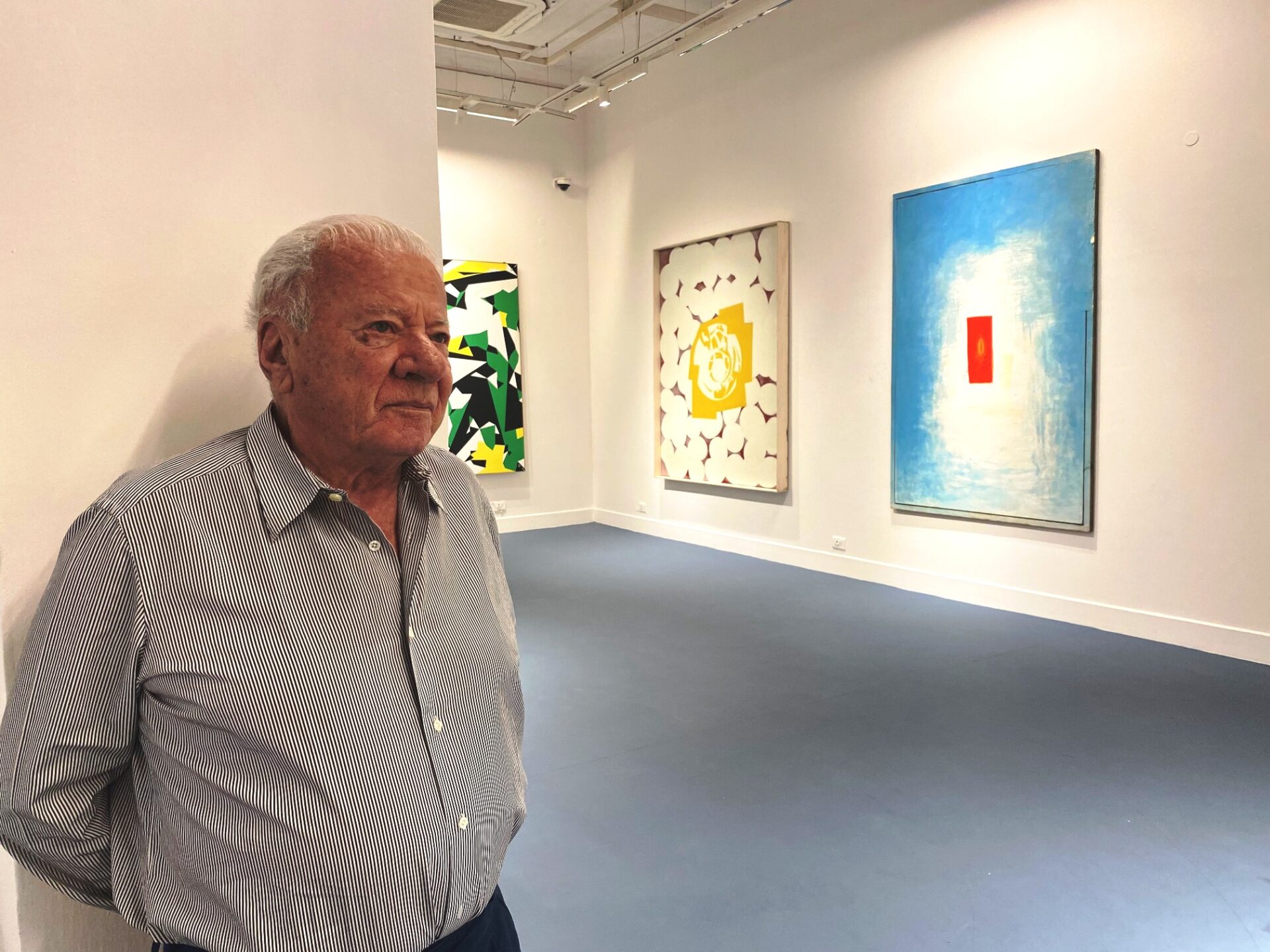The exhibition weaves together the threads of Italy’s rich cultural heritage and its profound diplomatic legacy and serves as a testament to the enduring power of art as a diplomatic language.
Nestled within the heart of Rome, contained within the Palazzo della Farnesina (housing the Italian Ministry of Foreign Affairs of Rome), lies a hidden treasure trove of artistic
After its international debut in Singapore in February 2023 and the following Japanese run in Tokyo (March–April 2023), the exhibition with 71 masterworks from the original Farnesina Collection has landed in India, New Delhi, at Bikaner House, where it will remain on display till June 22, 2023. Sharing his thoughts about the exhibition, Vincenzo de Luca, Ambassador of Italy to India and Nepal, rejoiced: «An art collection says a lot about its collector. The Farnesina Collection represents Italy at its best. A country with solid roots and a precious heritage that is not trapped in the past. Italy draws from its experience to face new challenges in a constantly changing world.»
Emphasising the importance of the Farnesina Collection, Achille Bonito Oliva explained, «The Farnesina Collection holds an extraordinary significance and legacy within Italian art. It represents a captivating tapestry of artistic achievements that traverse the rich history of our nation›s cultural heritage. With its diverse range of artworks, the collection becomes a testament to the profound impact Italian art has had on the global artistic discourse.» He further added, «The enduring legacy of the Farnesina Collection resides in its ability to encapsulate the spirit of Italian art throughout the ages. By curating exhibitions and sharing the collection internationally, we actively engage in dialogue with different cultures, fostering mutual understanding and appreciation. The collection becomes a powerful ambassador, conveying the depth and beauty of Italian art to diverse audiences around the world.»
The exhibition curated by Achille Bonito Oliva holds a very important role in connecting the past with the future. «In representing ‘The Grand Italian Vision,’ the dynamism and continuity of Italian art take on a distinctive linguistic form, one that is rooted in the past and oriented towards the future. This form offers significant cues for dialogue between different cultures. The collection›s power to transform the host site into a temporary museum makes it a fertile ground for new intercultural collaborations,» opined Emanuela Mennella, Director of the Italian Cultural Centre in New Delhi.
Bikaner House has been carefully chosen as a venue for the exhibition thanks to the unique combination of a world-class cultural centre in a heritage building, much like the Palazzo della Farnesina. Its Centre for Contemporary Art, developed with attention to the needs of contemporary art exhibitions, has over the years evolved into a pivotal place in the Indian artistic and cultural scene. Chief Residential Commissioner, Bikaner House, Shubhra Singh, and Residential Commissioner, Bikaner House, Dhiraj Srivastava, along with Programme Director Piyali Dasgupta, were also present at the launch of the exhibition.
The exhibition is intricately structured to allow the differences between the various artists to condense fluidly. The journey begins with Futurism, which documents the dynamism pervading the Italian artistic identity in the 20th century. This leads up to the suspension of time, represented by metaphysical art, which cites classicism as an aspect of Italian art that has been prominent since the Renaissance. Dadaism and Surrealism soon break into the exhibition in a calm and balanced way, escaping the romantic tabula rasa that instead accompanies these movements in other European countries. The documented history of Italian art seeks to bring visitors on a grand tour to understand the Italian artistic identity fundamentally rooted in creativity through iconic pieces such as Unique Forms of Continuity in Space, a futuristic bronze sculpture by sculptor Umberto Boccioni that has been displayed in notable museums across the globe, as well as L›etrusco, a gilded bronze version of the renowned Etruscan statue by Michelangelo Pistoletto, standing at a height of 194 cm.
The balance of the different forms of expression is maintained through the adoption of a thematic curation rather than a chronological one. The exhibition aims to incite a range of visions from history to geography, from a 20th century sensibility to the push towards modernity, from intimism to confrontation, from environmental emergencies to migrations and new forms of poverty, and finally, from dialogue to encounter. «Looking ahead, I envision the Farnesina Collection leaving an enduring legacy for art enthusiasts in India. Its timeless beauty and cultural significance will continue to captivate and ignite the imagination of future generations. By fostering an appreciation for the artistic accomplishments of Italy, the collection will continue to serve as a catalyst,» summed up Achille Bonito Oliva while praising his team members, including Paola Marino (curatorial development) and Simona Rossi (project coordinator).

